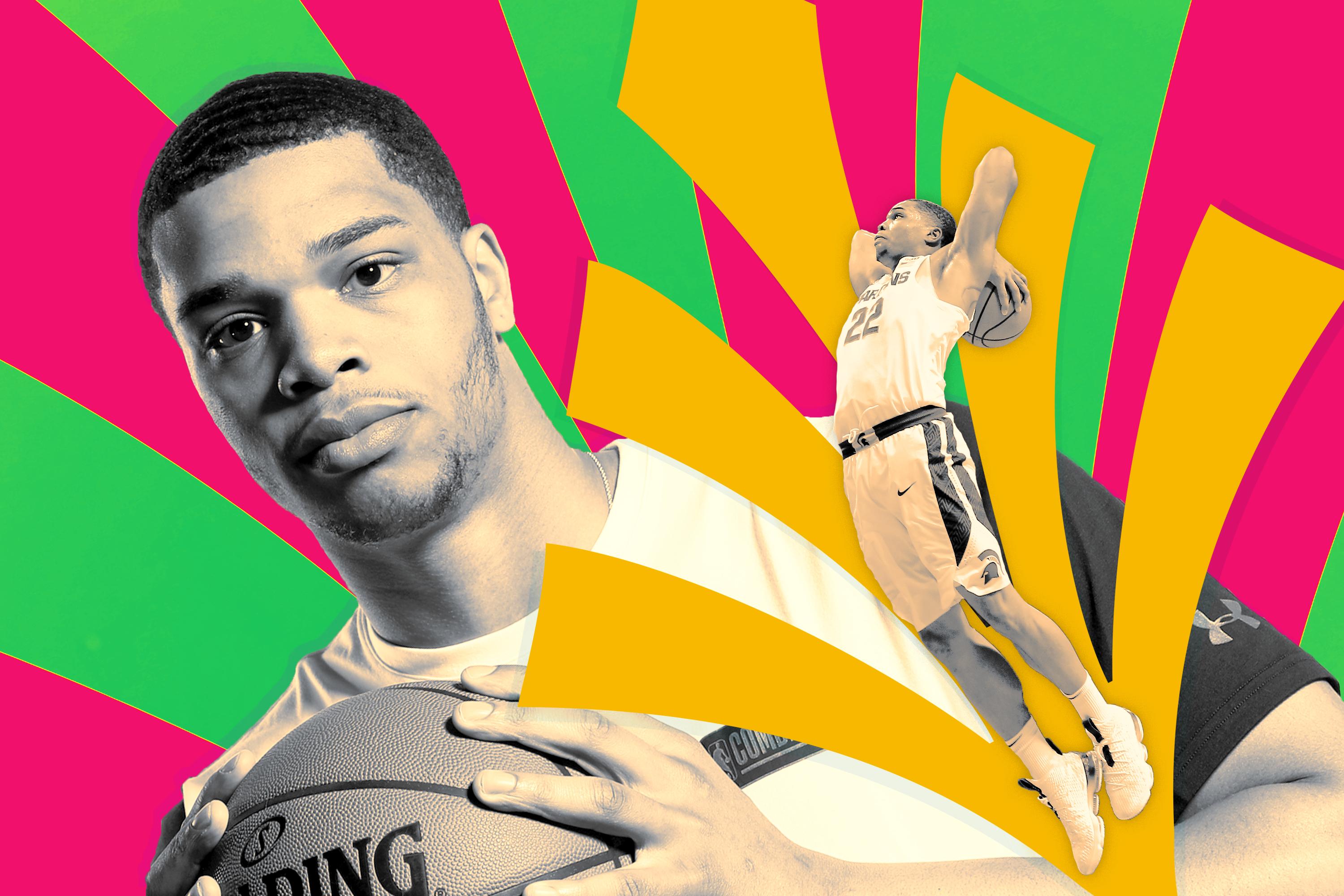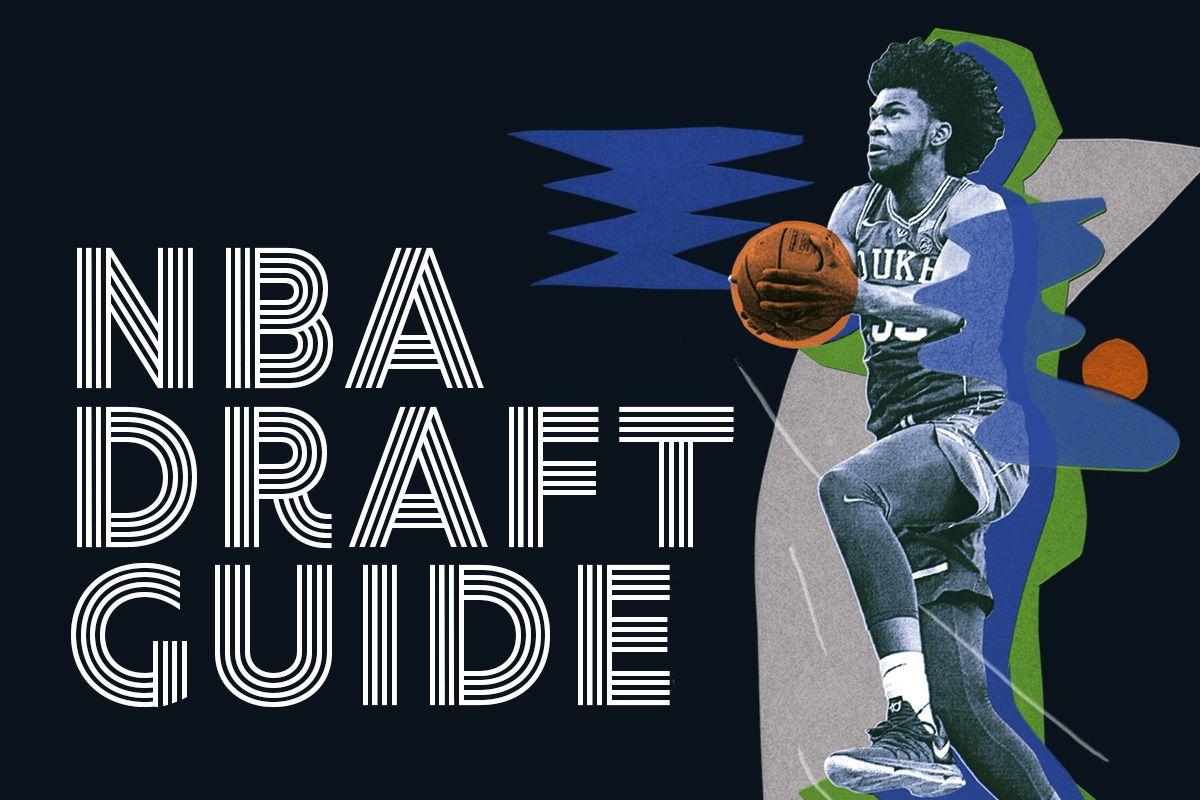
Miles Bridges is back where he started. The Michigan State sophomore would have been a late lottery pick in last year’s draft, the same range he’s projected to go this year. His draft stock has been more stable than most players who return to school. Prospects usually either improve and take on a bigger role on their college team, like Villanova junior Mikal Bridges, or they stagnate and scouts pick them apart, like Texas A&M sophomore Robert Williams. Miles found the middle ground. His team changed around him, allowing him to showcase subtle improvements to his game that will make him a better NBA player. He went from a guy who would have been a reach to one who could be a steal.
The selling points for Bridges haven’t changed. He’s a powerfully built 20-year-old (6-foot-7 and 225 pounds) with elite athletic ability and a consistent 3-point shot (career 37.5 percent from 3 on 5.5 attempts per game). He won’t look out of place on an NBA court next season, and his skill set translates perfectly to the way the game is played these days. One of the biggest knocks on Bridges in the NCAA was that he settled for too many 3s. That’s a problem every NBA team would love to have. Bridges could play for either Finals team right now.
There were serious questions about his jumper coming out of high school, and it has gotten significantly better over the past two years. Like many left-handers, the ball looks great coming off of his hands, but he was a below-average free throw shooter as a freshman who subsisted on a steady diet of spot-up 3s. Bridges was more well-rounded offensively as a sophomore. He improved his free throw percentage by 17 points, and Michigan State head coach Tom Izzo gave him more freedom to shoot off of the dribble. According to the tracking numbers at Synergy Sports, Bridges was used more coming off of screens this season, both on and off the ball:
Miles Bridges’s Shot Diversity
Bridges didn’t change his game just to impress scouts. He was playing on a very different Michigan State team, and he had to adjust what he was doing to fit with his new teammates. Bridges played as a small-ball 4 next to three ball handlers as a freshman: junior Lourawls “Tum Tum” Nairn, senior Eron Harris, and freshman Josh Langford. He moved to the 3 as a sophomore to create room up front for freshman Jaren Jackson Jr., a likely top-five pick in this year’s draft. Instead of spreading the floor with perimeter players like they did last season, the Spartans played a more traditional style of basketball with two big men.
That flexibility will be a major asset for Bridges at the next level. He’s coming into the league at the perfect time: He would have been considered a “tweener” a generation ago. Most players who slide between the 3 and the 4 in college end up as 4s in the NBA, but Bridges has below-average length (6-foot-9.5 wingspan) for a power forward. You can see that in his career NCAA steal (1.2 percent) and block (3.6 percent) rates, which raise questions about how his defense will translate to the NBA. But while he may not end up as an elite rim protector or lockdown perimeter defender, his size, athleticism, and basketball IQ will allow him to switch screens and guard players at multiple positions.
Bridges is an unusual player without many precedents, and the league is more forgiving of guys who don’t fit traditional positional archetypes than it used to be. He has the power-dunking ability of Larry Nance Jr., the physique of P.J. Tucker, and the finesse-oriented game of a shooter like C.J. Miles. There were only three players in the 2017-18 season who attempted as many 3s (5.5 per game) and grabbed as many rebounds (7.6) as Bridges did at Michigan State: DeMarcus Cousins, Kevin Love, and Aaron Gordon. Bridges is more versatile defensively than the two big men, and a better shooter than Gordon.
Players with his tools have never been more valuable. Bridges doesn’t need the ball to be effective: He’s a smart player who was in the 91st percentile of players in the country scoring off of cuts this season. He’s not just a shooter, either. He’s dangerous when he’s run off the line: He was in the 85th percentile of NCAA players when finishing at the rim, and he can make plays on the move. Bridges made real improvements as a decision-maker. Despite playing in more congested lanes as a sophomore, he pulled off the rare double of increasing his per-game assist numbers (from 2.1 to 2.7) and decreasing his turnovers (from 2.4 to 2.0) in his two seasons in East Lansing.
The extra year in college under a Hall of Fame coach benefited him. He’s more polished on both sides of the ball than most hyperathletic young players. Bridges makes the right plays on offense and the right rotations on defense, and he was one of the key cogs in the eighth-best defense in the country this season. Izzo is an old-school coach who didn’t like to scramble positional assignments, so Bridges didn’t get the chance to guard many NBA-caliber players as a sophomore. He just did his job, which included shutting down Gary Trent Jr. (Duke) and Charles Matthews (Michigan), the best NBA prospects he faced. He can match up with anyone: He went shot-for-shot with Josh Jackson, the no. 4 pick in last year’s draft, in the NCAA tournament as a freshman.
Bridges is the type of player who should be better in the NBA than he was in college. He will be harder to defend in a more wide-open game. Izzo rarely went to his best lineup this season: a spread-out look with Jackson at the 5 and Bridges at the 4. Bridges never played with a great point guard at Michigan State, or anyone who could command a double-team and create open shots for him. He was used as the roll man in the two-man game only eight times last season, and his ability to finish at the rim and make plays in four-on-three situations would make him a real weapon when paired with an NBA-caliber point guard.
The team that drafts Bridges should use him more flexibly than Izzo, who didn’t take advantage of his versatility last season. He’s projected to go somewhere between the no. 7 and no. 13 overall picks, and he would create a dynamic frontcourt with Lauri Markkanen in Chicago (which owns the no. 7 pick) or Kristaps Porzingis in New York (no. 9). His ideal scenario might be Philadelphia (no. 10), where he would make a killing running with Ben Simmons and spotting up off of Joel Embiid. Even in comparatively hopeless situations like a post-LeBron Cleveland (no. 8), a perennially mediocre Charlotte team (no. 11), or a Clippers team without much direction (no. 12 and no. 13), Bridges would still instantly improve their floor spacing and overall athleticism.
It’s hard to see a scenario in which a player with his skill set busts out of the league, and it’s easy to see one in which he blossoms. He’s the younger and more advanced offensive player of the two Bridges in the lottery, and he will have an easier time creating mismatches than the much slighter Mikal. There aren’t many big men with the quickness to stay with him at the 3-point line, or perimeter players with the strength to body him up. Bridges doesn’t play the same position as Donovan Mitchell, and he may never be a lead ball handler, but there are some clear similarities between the two. He’s an elite athlete with a high basketball IQ, and he will get major minutes from Day 1 because he’s a volume 3-point shooter who can hold his own defensively. Miles Bridges isn’t just one of the safest picks in the draft. He has a real chance to be a star.
An earlier version of this piece incorrectly referred to Josh Langford as Keith.


